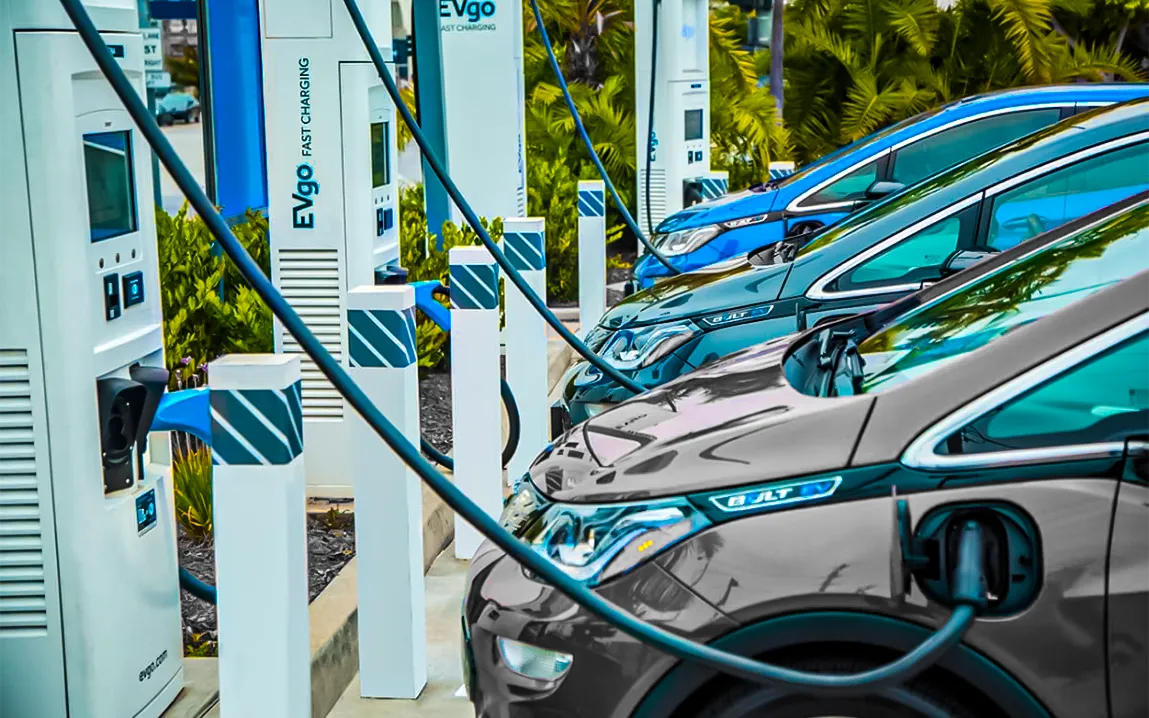California has reached an important milestone toward sustainable transportation through the achievement of more than 178,000 electric vehicle (EV) charging stations statewide. This milestone highlights not only California’s dedication to green energy but also a tipping point in the state’s infrastructure dynamics.
A Landmark Achievement
Through March 2025, California has put in place 178,549 public and shared private EV chargers, which is more than the estimated 120,000 gasoline nozzles in the state. That translates to 48% more EV chargers than conventional fuel dispensers, a historic shift towards electrified transportation.
Breakdown of Charger Types
The extensive network consists of 162,178 Level 2 chargers and 16,971 fast chargers. Level 2 chargers are generally located in homes, offices, and public parking lots, providing a balance between rate and convenience. Fast chargers, however, are placed strategically near major highways and urban areas, allowing for fast charging for long-distance users and those who need rapid top-ups.
Private Charging Solutions
In addition to public infrastructure, the California Energy Commission (CEC) conservatively estimates that more than 700,000 Level 2 chargers are installed in individual dwellings across the state. Such pervasive adoption of home-based charging products is indicative of increasing acceptance and mainstreaming of EVs into everyday life, offering convenience to EV owners and minimizing the dependency on public charging points.
Strategic Investments Driving Growth
California’s EV charging infrastructure growth at a rapid pace is a result of strategic investments and progressive policies. The state agreed on a $1.4 billion investment proposal to upgrade its charging and hydrogen refueling infrastructure, solidifying its leadership role in clean transportation. Projects such as the Fast Charge California Project, under the California Electric Vehicle Infrastructure Project (CALeVIP), have played a critical role. With a budget of $55 million, this project intends to deploy fast-charging hubs at businesses and public areas throughout the state to meet the increasing need for rapid and trustworthy charging.
Emphasis on Accessibility and Equity
One of the most important elements of California’s plan is making sure that EV infrastructure serves all communities, including those that have been historically underserved. The state has made it a priority to deploy chargers in hard-to-reach locations, making EVs an accessible choice for a wider population. Moreover, low-income Californians can receive significant grants and rebates, making clean transportation more accessible and helping the state achieve its overall environmental justice objectives. citeturn0search0
Improved Data Collection and Planning
In order to maximize the deployment of charging stations, California has enhanced its data-gathering processes. Utilizing varied sources of data, the state can effectively monitor operating chargers and determine areas requiring infrastructure development. This data-based strategy allows for effective targeting of investments, leading to an overall better EV driver experience and maximizing the utilization of resources.
Collaborative Efforts for a Sustainable Future
The success of the state in increasing its EV charging network is due to cooperation among stakeholders such as government agencies, private sector collaborators, and local communities. By optimizing charger deployment, minimizing bureaucratic red tape, and preparing for added grid demand, California is constructing a strong and resilient EV infrastructure. This concerted effort is vital to achieving the state’s aggressive zero-emission vehicle (ZEV) targets and addressing climate change.
Looking Ahead
California’s milestone of having over 178,000 EV chargers marks a revolution in its transportation industry. The state’s ongoing investments and forward-thinking plans intend to continue broadening this infrastructure, facilitating the increasing fleet of EVs on the road. As California spearheads the path to a sustainable future, it paves the way for other areas to adopt similar practices, proving that through dedication and unity, the switch to clean energy is possible and rewarding for everyone.



